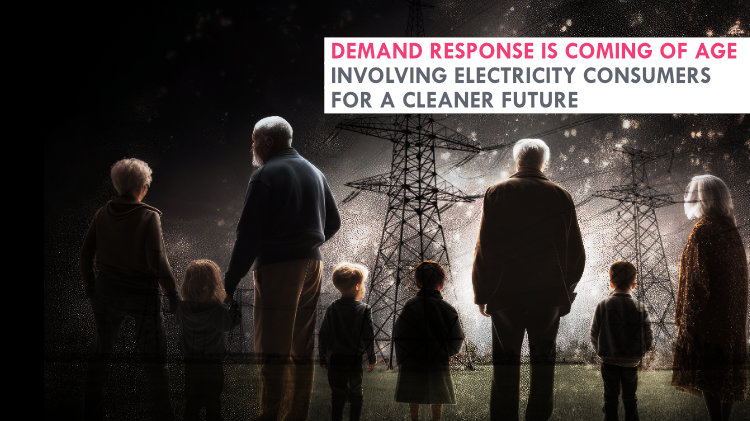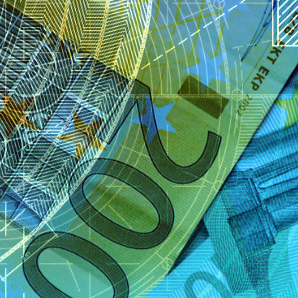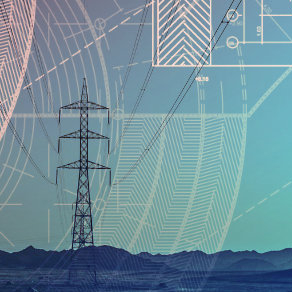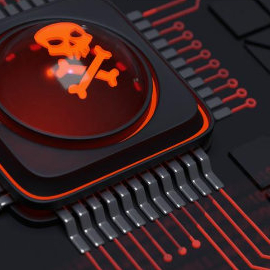
“Our program will emphasize conservation. The amount of energy being wasted, which could be saved, is greater than the total energy that we are importing from foreign countries.”
In a televised speech in early 1977, U.S. President Jimmy Carter talked about the need for reducing energy demand, promising that Congress would soon develop an energy program to enact comprehensive legislation on the issue. About a year and a half later, the Public Utility Regulatory Policies Act (PURPA) was passed - an act that addressed, or at least touched on, load management techniques, differences in customer demand, and consumers reducing peak demand for electric energy.
Now you may be wondering why we’ve traveled back almost 50 years in history. The world, including the energy sector, has changed so much since then - how could what happened in 1978 possibly be relevant in 2023? Well, the answer is that PURPA was a landmark piece of legislation, not only setting the U.S. on the road to conservation, but also making its energy markets more competitive, boosting the development of renewable energy sources, and - without using the actual term - enabling demand response to become a viable solution to keeping the power grid balanced. Four and a half decades later, demand response is finally coming of age.
In demand
Demand response, as the U.S. Department of Energy defines it, “provides an opportunity for consumers to play a significant role in the operation of the electric grid by reducing or shifting their electricity usage during peak periods in response to time-based rates or other forms of financial incentives.” It’s an important source of flexibility that allows us to manage both the growing electricity demand and the increased share of variable renewable power in the energy mix, ensuring that the grid remains stable and reliable.
A recent research report on demand response valued its global market at USD 5.4 billion in 2022, and it’s expected to reach USD 7.7 billion by 2028. These are impressive figures, especially considering that even as recently as a few years ago grid experts didn’t see demand response as an effective solution that could help us with the transition to a clean future. In fact, while discussing future energy scenarios during a 2020 online conference organized by the UK’s National Grid ESO, none of the panelists even mentioned it.
Ironically, it was the British system operator that, in late 2022, launched a demand flexibility service (DFS) that would run for five months and see 1.6 million households and businesses sign up in order to play a more active role in balancing their electricity needs - and save some money in the process. Between November 2022 and March 2023, over 3,300 MWh of electricity demand was shifted away from peak times to ease the strain on the grid, so it’s hardly surprising that the National Grid ESO has announced that the service will return this winter.
Reducing energy costs for both consumers and utility providers and improving grid efficiency are not the only benefits that demand response programs offer, however. By encouraging customers to use less electricity when it is the most expensive and the most polluting, they also help to reduce carbon emissions from power plants, which in turn lessens the environmental impact of electricity production and consumption.
Little wonder then that, all of a sudden, demand response is the talk of the town, but it couldn’t have become the runaway success it has if it weren’t for some major technological advances.
Technology on demand
Changing consumer attitudes and soaring energy prices have contributed to the rise of demand response, but these circumstances alone might not have been able to pave the way for it. The surge in its popularity is being driven by the shift from rigid legacy systems to flexible IT solutions the energy industry has witnessed over the past few years. As Peter King, Global Head of Energy and Utilities at Capgemini Invent, said in an interview with Forbes, “energy companies were saddled with really quite inflexible software platforms which didn’t allow them to get involved with a demand response offering.” Many of these legacy systems, he added, have now been overhauled, and the new, innovative platforms have become a game-changer.
Smart meters allow customers to track their electricity use and be billed for the electricity at the time of consumption. Real-time pricing enables them to pay for power based on current market rates, thus letting them take advantage of lower prices during off-peak periods. Automated control systems are used to adjust energy consumption in response to price signals from the utility, allowing consumers to reduce their peak electricity usage. All these solutions are beneficial to utilities, too: by controlling peak demand, power suppliers can increase operational efficiency; advanced meter reading and data acquisition are possible, and the transparency of data and information leads to improved customer service and satisfaction.
The technology required to make demand response more widespread is available, and projects like DFS in the UK show that consumers are willing to engage when they see the benefits demand response has to offer. Levels of consumer engagement will need to increase, however, and it’s crucial to involve customers in the process by building interest and then activating and maintaining participation. Creating a simple and seamless customer journey is essential to this. Still, none of these is the biggest challenge.
As is often the case in the energy sector, it’s the regulations that can make or break an initiative. Demand response may be on the rise, but we will only see its full potential if the requisite legislatory framework is in place.
The demand for legislation
In 2022, the European Commission mandated the European Union Agency for the Cooperation of Energy Regulators (ACER) to create a framework guideline on demand response. In its proposal, ACER laid out binding rules across the EU that can boost demand response in wholesale electricity markets through more storage and distributed generation, in addition to facilitating the market-based procurement of balancing capacity, congestion management and voltage control services.
The Commission’s very own REPowerEU proposals, announced in May 2022, also suggest that mass participation of consumers / prosumers will be necessary to guarantee energy security and saved costs, and, perhaps even more importantly, to achieve the bloc’s decarbonization targets. Demand response is seen as a suitable tool for decarbonization in the industrial, commercial and residential sectors, and REPowerEU identifies better market design - essentially a decentralized model - as a way to make demand response attractive to more and more consumers.
Currently, the EU demand response market is in the development phase, and there are huge differences between member states in terms of how, or if, their markets have embraced and integrated demand response programs. France, Germany, Italy and Belgium, for example, are ahead of, say, Slovenia or Poland, where there is only one program that demand response resources are allowed to take part in.
The lack of uniform legislation has been a barrier, but things are moving in the right direction, such as the Smart Energy Demand Coalition and the European Commission having proposed the revision of energy regulations in an attempt to put the EU on the road to full participation in demand response. Even more encouraging, the first draft of the Network Code on Demand Response (DR NC) was recently published by the DSO Entity and ENTSO-E, and is open for consultation until November 10, 2023.
If the pace of policy implementation increases, the International Energy Agency’s Net Zero Scenario - bringing 500 GW of demand response onto the market by 2030 - becomes a distinct possibility. Having turned 99 on October 1, President Carter may well live to see it happen.




